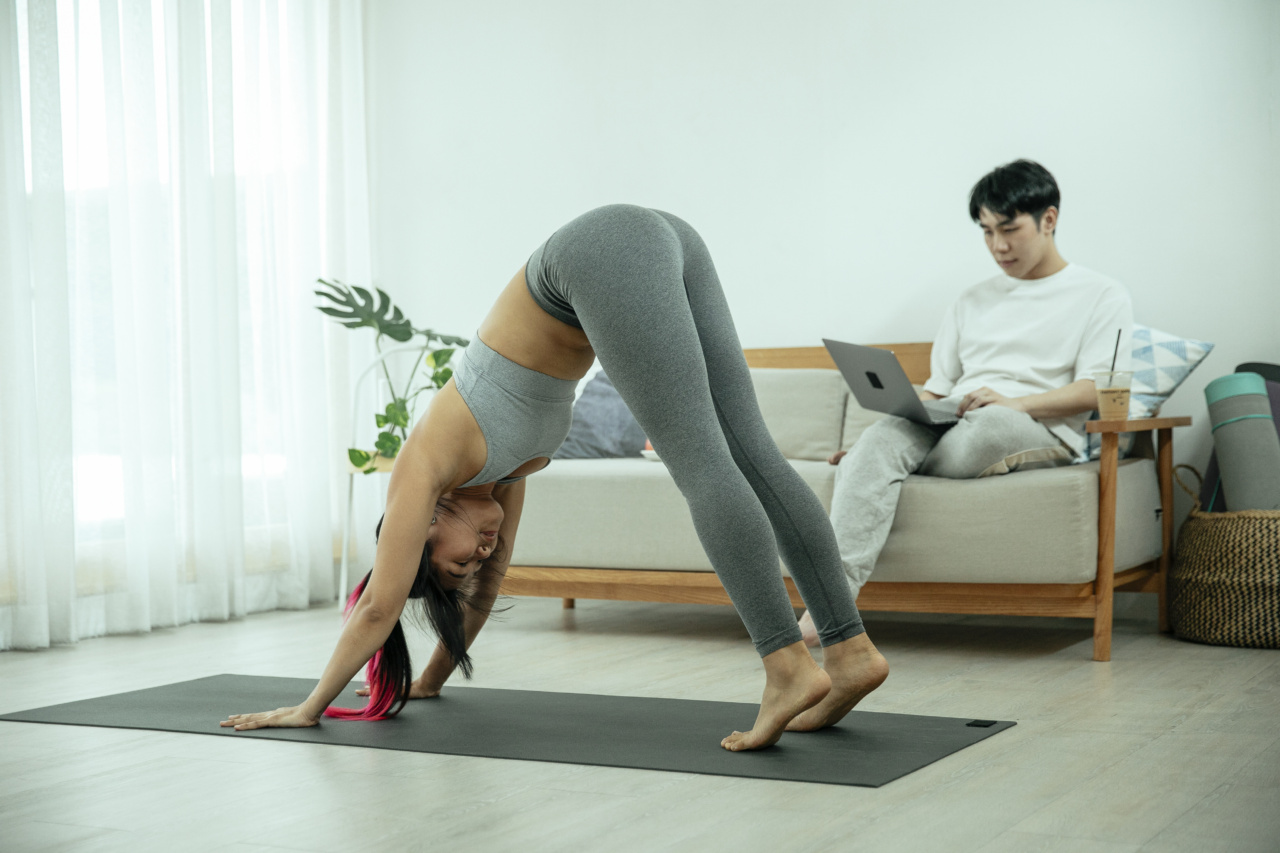Asthma is a chronic respiratory condition that affects millions of people worldwide. It is characterized by inflammation and narrowing of the airways, leading to symptoms such as wheezing, shortness of breath, coughing, and chest tightness.
While there is no cure for asthma, various treatment approaches aim to manage the symptoms and improve the quality of life for those living with this condition. One such approach that has gained popularity in recent years is yoga.
What is Yoga?
Yoga is an ancient practice that originated in India and has been around for thousands of years. It is a holistic discipline that encompasses physical postures (asanas), breathing exercises (pranayama), meditation, and relaxation techniques.
Yoga is not just about flexibility and strength; it is a comprehensive system that seeks to unite the body, mind, and spirit.
The Connection Between Yoga and Asthma Relief
While it may seem counterintuitive, the practice of yoga can actually be beneficial for individuals with asthma.
Yoga incorporates deep breathing exercises, gentle movements, and relaxation techniques that can help alleviate the symptoms of asthma and improve overall lung function. Additionally, regular practice of yoga can enhance physical fitness, reduce stress levels, and improve mental well-being, all of which can contribute to a better management of asthma.
How Does Yoga Work for Asthma Relief?
Yoga offers multiple mechanisms through which it can provide relief from asthma symptoms:.
1. Deep Breathing Techniques
One of the key components of yoga is pranayama, or breathing exercises. These techniques focus on slow, deep breathing, which helps to expand the lung capacity and increase oxygen intake.
By consciously practicing deep breathing techniques, individuals with asthma can strengthen and train their respiratory muscles, promote relaxation, and reduce the frequency and severity of asthma attacks.
2. Improved Lung Function
Regular practice of yoga asanas, especially those that involve stretching and opening of the chest, can enhance lung function.
These asanas help to increase the flexibility of the chest muscles, expand the chest cavity, and improve the lung’s ability to take in and release air. By improving lung function, individuals with asthma can experience improved breathing and reduced breathlessness.
3. Stress Reduction
Stress is known to be a triggering factor for asthma attacks in many individuals. Yoga incorporates relaxation techniques such as meditation and mindfulness, which help to calm the mind, reduce anxiety, and promote overall mental well-being.
By managing stress levels, individuals with asthma can reduce the likelihood of asthma attacks and better control their symptoms.
4. Strengthening of Respiratory Muscles
Yoga asanas that target the respiratory muscles, such as the diaphragm and intercostal muscles, can help in strengthening these muscles.
The diaphragm, which is the primary muscle involved in breathing, becomes stronger with regular practice of specific yoga poses. Stronger respiratory muscles can lead to improved breathing capacity and better management of asthma symptoms.
5. Posture Improvement
Many individuals with asthma often have poor posture due to chronic lung inflammation and restrictions in breathing. Yoga asanas that focus on spinal alignment and posture correction can help individuals improve their overall posture.
By aligning the spine and opening up the chest, these asanas allow for better lung expansion and more efficient breathing.
6. Mind-Body Connection
Yoga emphasizes the connection between the mind and the body. Through the practice of yoga, individuals with asthma can develop a greater awareness of their breath and body sensations.
This heightened sensitivity can help them recognize early signs of an impending asthma attack, enabling them to take preventive measures or seek prompt medical attention.
7. Enhanced Overall Well-being
Asthma can significantly impact the quality of life, leading to physical limitations and emotional distress.
Regular practice of yoga can contribute to improved overall well-being by promoting relaxation, reducing anxiety and depression, enhancing physical fitness, and boosting self-confidence. By achieving a sense of balance and harmony through yoga, individuals with asthma can better cope with their condition and lead a fulfilling life.
Precautions and Recommendations
While yoga can be beneficial for individuals with asthma, it is important to take certain precautions and follow recommendations:.
- Consult with a healthcare professional before starting a yoga practice, especially if you have severe asthma or other underlying medical conditions.
- Choose a qualified and experienced yoga instructor who has knowledge in working with individuals with asthma.
- Inform your yoga instructor about your asthma condition and any specific concerns or limitations you may have.
- Avoid practicing yoga in extreme temperatures or in environments with poor air quality, as these factors can trigger asthma symptoms.
- Listen to your body and modify yoga poses as needed. Avoid poses that constrict the chest or put excessive strain on the respiratory system.
- Always carry your prescribed asthma medications with you when practicing yoga, in case of an asthma attack.
Conclusion
Yoga can be an effective complementary approach in managing asthma symptoms and improving overall well-being. By incorporating deep breathing techniques, gentle movements, and relaxation practices, yoga offers a holistic approach to asthma relief.
It is important to remember that yoga should not replace medical treatment for asthma but can be used as an adjunct therapy under proper guidance. Always consult with a healthcare professional to determine the best approach for your specific condition, and enjoy the benefits that yoga can bring to your life.






























